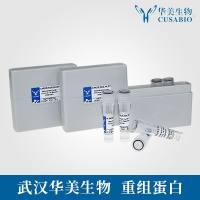Lipases and Esterases from Extremophiles: Overview and Case Example of the Production and Purification of an Esterase from Thermus thermophilus HB27
互联网
440
Extremophiles are organisms that have evolved to exist in a variety of extreme environments. They fall into a number of different classes that include thermophiles, halophiles, acidophiles, alkalophiles, psychrophiles, and barophiles (piezophiles). Extremophiles have the potential to produce uniquely valuable biocatalysts that function under conditions in which usually the enzymes of their nonextremophilic counterparts could not. Among novel enzymes isolated from extremophilic microorganisms, hydrolases, and particularly lipases and esterases are experiencing a growing demand. Lipases (EC 3.1.1.3) and esterases (EC 3.1.1.1) catalyze the cleavage of ester bounds in aqueous media and the reverse reaction in organic solvents. Both lipolytic enzymes have relevant applications in food, dairy, detergent, biofuel, and pharmaceutical industries. Here, we summarize the properties of lipases and esterases from the main extremophile groups: thermophiles and hyperthermophiles, psychrophiles, halophiles, alkalophiles/acidophiles, and solvent-resistant microorganisms.
We report the biomass and lipolytic activity production by Thermus thermophilus HB27 in 5-L stirred-tank bioreactor at 70�C. Suitability of thermal spring water for culture media formulation is shown. In addition, a protocol to isolate and purify a cell-bound esterase from this microorganism is described.









